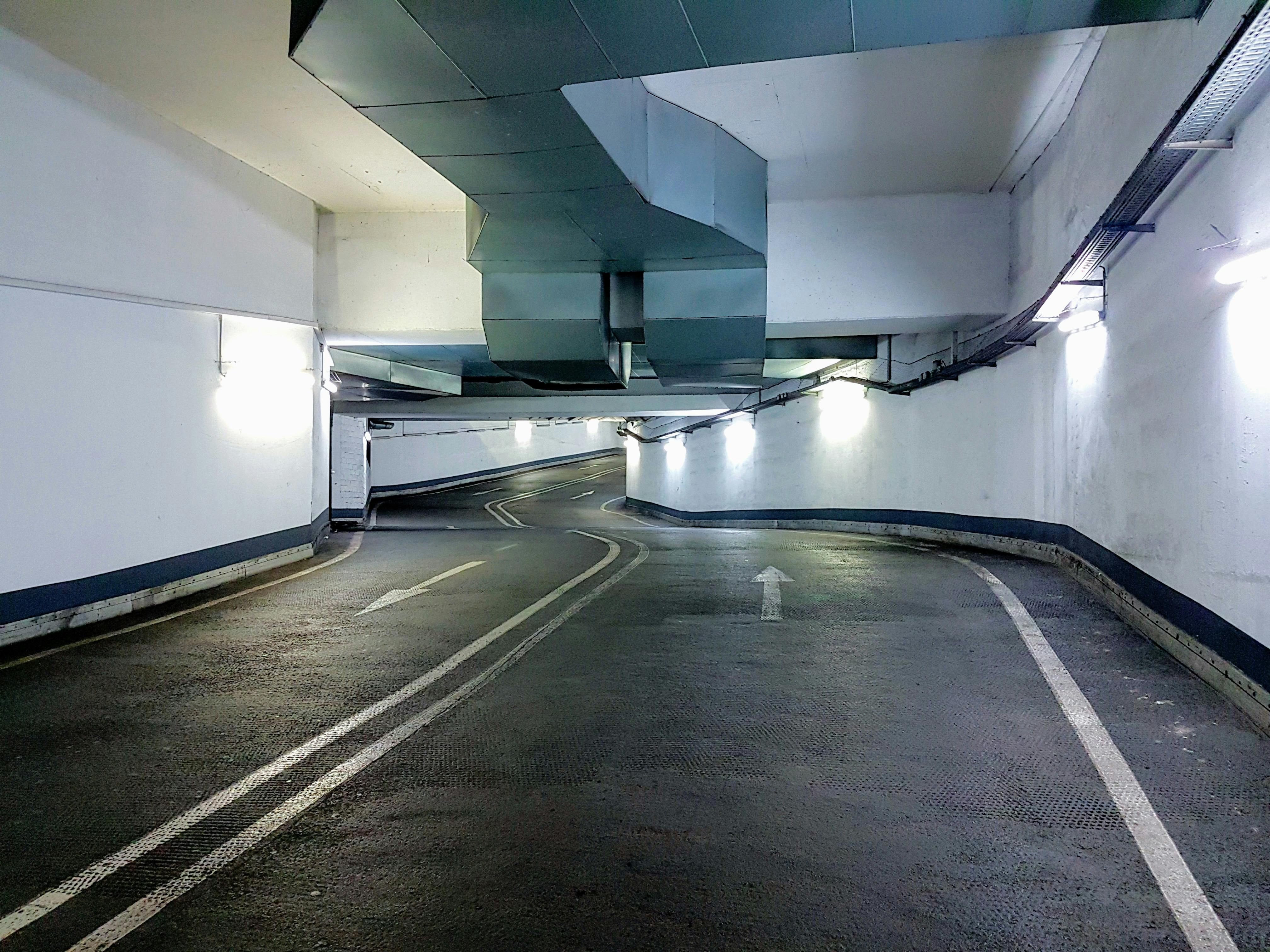
Gas Chromatography Mass Spectrometry Advantages and Disadvantages
Gas Chromatography Mass Spectrometry (GC-MS) combines two powerful techniques to provide identification of compounds that have low detection limits and the potential required for quantitative analysis. Gas chromatography mass spectrometry analyzes work on liquid, solid, and gaseous samples, but are mainly restricted to semi-volatile and volatile compounds.
Under gas chromatography, a sample is transported and volatilized and transported between the gases through a lined glass capillary column. The stationary phase binds to the inside of the column and the amount of time it takes for a specific compound of an element to pass through this column to a detector is called “Retention Time”. These measurements are used for identification purposes in comparison to references.
In the usual mass spectrometry or MS step in gas chromatography mass spectrometry, compounds exiting the GC columns are fragmented by the impact of electrons. These charged fragments are gradually detected and the spectrum subsequently obtained is used to identify the molecules. Fragmentation patterns are reproducible and therefore can be used to create quantitative measurements.
Gas chromatography mass spectrometry analysis is performed on gases, solids, and liquids. For gases and liquids, samples are usually injected directly into the gas chromatogram. For solid elements, analysis is done by defatting or stripping, solvent extraction, or pyrolysis. The desorption experiment is performed under the flow of helium gas at a controlled temperature ranging from 40 to 300 degrees Celsius. The analytes are then collected in a cryogenic trap during the desorption process. The sample chamber is a 1.25″x4″ cylinder.
Pyrolysis is another sampling technique used for the analysis of materials that are impossible to directly inject into gas chromatography mass spectrometry. Under this process, heat is applied directly to the sample, resulting in the breakdown of molecules in a reproducible manner. These smaller molecules are then fed into the gas chromatogram and analyzed by GC-MS. By this method, probe temperatures up to 1400ºC can be used.
There are several other sampling and sample preparation methods available such as static headspace analysis, derivatization, purge and trap, solid phase microextraction, etc. having applications based on species of interest and sample types.
Strengths
-
Identification of organic components by separating complex mixtures
-
Quantitative analysis
-
Determination of trace organic contamination (low to medium ppb level for liquid matrices and low nanogram level for solid matrices?
ideal uses
-
Identification and quantification of volatile organic compounds in mixtures
-
Outgassing studies
-
Residual solvent tests
-
Evaluation of contaminants in semiconductor wafers or other technological products (thermal desorption)
-
Identification of trace impurities in liquids or gases
Limitations of gas chromatography mass spectrometry
-
Non-volatile matrices (wafers, oil from metal parts, etc.) require additional preparation (extraction, degassing, etc.)
-
Evaluation of plastic extracts
-
Target compounds must be volatile or capable of derivatization
-
Atmospheric gases are a challenge (CO2, N2, O2, Ar, CO, H2O)
Advantages
GC MS has long been considered the gold standard for all types of analytical laboratories. It is a powerful analytical tool that uses time for chemical elements to travel through the GC column, the retention time compared to known standards to identify the chemical. It is a good technique for simple mixtures and for situations where the chemicals of interest are known and calibrated before samples are analyzed. Thought There are advantages and disadvantages of the entire process, but together these factors are useful in the evolution and advancement of laboratory processes and item identification.